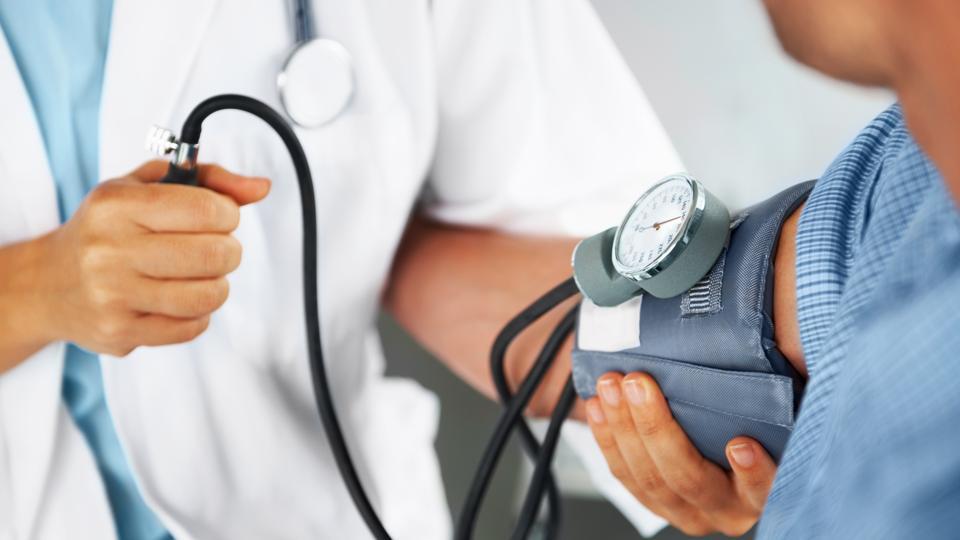
Around one of every eight people in India have high blood pressure, according to a Union health ministry preventive health programme that screened 22.5 million adults across 100 districts in India in 2017, a significant increase from the one-in-every-11 number thrown up by the National Family Health Survey (2015-16), highlighting the havoc wreaked by modern lifestyles on people. The survey was largely conducted in rural areas.
The numbers are however, lower than what they are in other countries. According to the World Health Organisation, one in every three people in the US and one in four in the UK suffer hypertension.
The screening, which started earlier this year, is part of an effort to conduct population-based screening for common non-communicable diseases (NCDs) such as hypertension (chronic high blood pressure), diabetes and cancers of the breast, cervix and oral cavity in people who are older than 30.
According to the National Family Health Survey, 8.6% of India’s population (10.4% men, 6.7% women) has hypertension. The health ministry programme defines high blood pressure as a reading of more 140/90 mmHg; globally, even a reading of 130 is considered high blood pressure.
What’s alarming about the India finding, according to experts, is that the majority of the population screened lives in rural areas, where hypertension has so far not been an overriding concern.
“Since the screening was done at primary health centres and sub-centres, it is largely rural. Hypertension rates are much higher in urban areas, where a smaller screening done by the Cardiological Society of India found one in four people with hypertension, which is comparable with developed countries,” said Dr Ashok Seth, chairman, Fortis Escorts Heart Institute,?New Delhi.
“What was alarming was that most [people surveyed] did not know they had hypertension and risked developing long-term health complications, such as heart disease,” said a health ministry official, who did not wish to be named because he is not authorised to speak to media.

In its first phase, the programme covered 100 districts and will be scaled up to cover 500 million people across the country. By 2025, the national action plan for the prevention and control of NCDs aims to reduce hypertension and death from heart disease by 25%, and lower salt/sodium intake by 30%.
“Screening without treatment serves no purpose. High blood pressure in most cases requires treatment that includes lifestyle modification and medicines. While 1-2% may come off medicine,largely people need to be on medicines for life,” said Professor D Prabhakaran, centre for control of chronic conditions, Public Health Foundation of India.
The Indian Council of Medical Research (ICMR) is leading the India Hypertension Management Initiative (IHMI) to give standard treatment to people with hypertension in select districts.
“We have created a standard drug protocol and are looking at disbursing medicines through ASHA and Anganwadi workers in districts where the health ministry is already screened people ” said an ICMR scientist.
“We started with Punjab in January this year, and in April , we covered Kerala and Madhya Pradesh. We will move to Telangana and Maharashtra next,” she said, asking not to be identified.
A healthy weight, eating five servings of fruits and vegetables s day and moderate-intensity exercise daily also helps to keep blood pressure under control.
“You have to eat right and exercise; it is as important as medicine,” said Dr Prabhakaran.
[“source=hindustantimes”]







